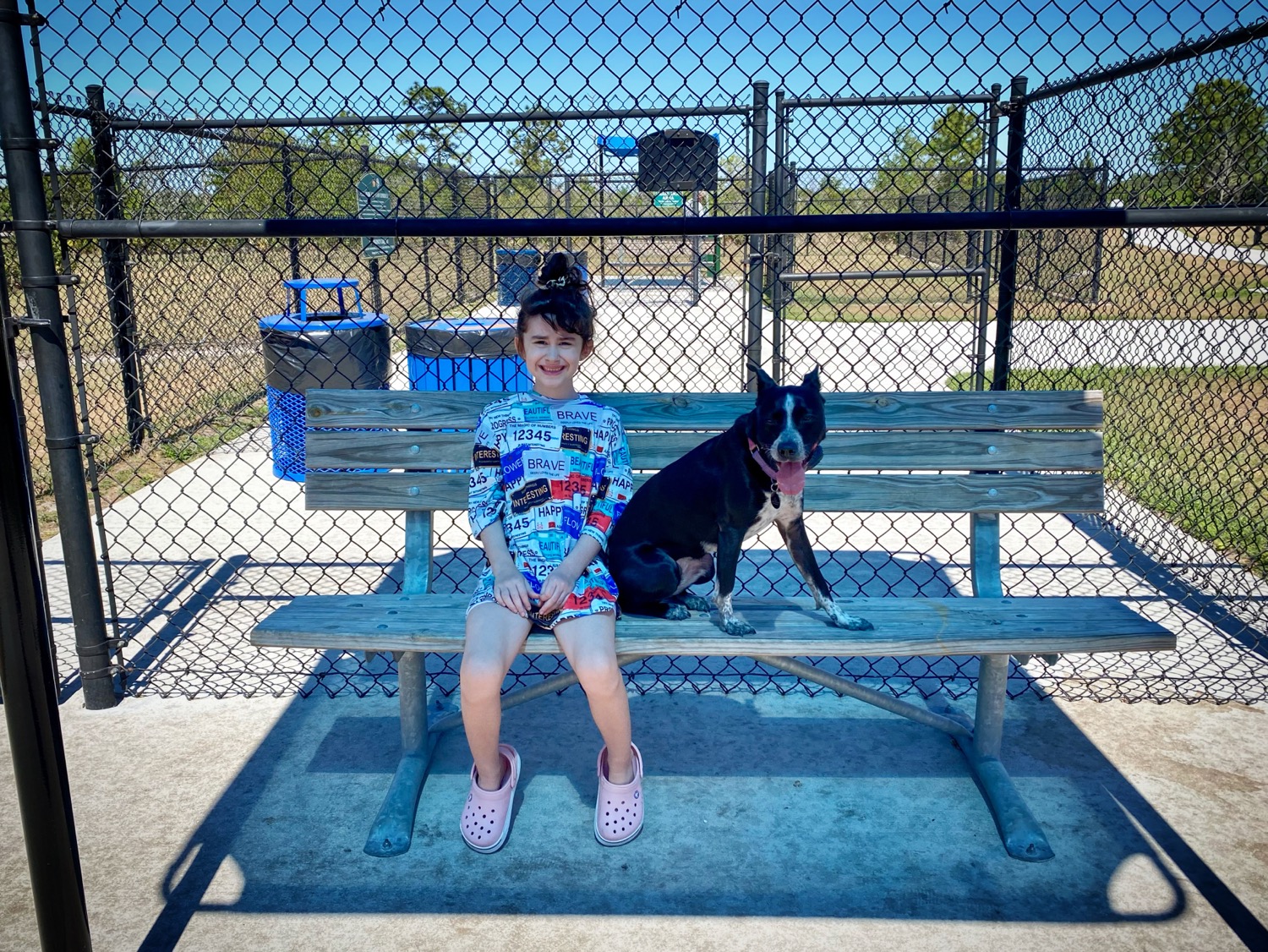Optimal Training Spaces: The Importance of Calm Environments in Dog Training Sessions
- Jason Parks
- Oct 16, 2023
- 3 min read
Dogs, like humans, thrive in environments where they can concentrate and focus without constant interruption. Distractions can make dog training significantly more challenging, leading to slower progress and increased frustration for both the dog and the trainer. This article delves into the significance of training in calm environments and provides strategies for creating the best setting for successful dog training sessions.
1. The Detriments of a Distracting Environment
Reduced Attention Span: Dogs naturally have shorter attention spans than humans. Add distractions to the mix, and it becomes even harder for them to focus on the task at hand.
Slow Learning Curve: In a disruptive environment, dogs are likely to miss cues and commands, which can slow down the learning process.
Increased Anxiety: Dogs can become overstimulated in chaotic settings, leading to increased stress and anxiety, which are counterproductive to training.
2. Characteristics of a Calm Training Environment
Controlled Noises: It's essential to keep noise levels to a minimum. This doesn’t mean complete silence but rather the absence of sudden or jarring noises.
Minimal Movement: Limiting the comings and goings of people or other animals will help keep the dog's focus sharp.
Neutral Setting: Neutral colors and limited visual stimuli can help reduce distractions. For instance, a park filled with playing children and other animals might not be the best training ground for a beginner dog.
Consistency: Training in the same calm environment can provide dogs with a sense of routine, making them more comfortable and receptive during sessions.
3. Tips for Creating a Calm Training Environment
Indoor Training: Starting training sessions indoors, in a familiar room free from other pets or family members, can be beneficial.
Use of Barriers: Use baby gates or playpens to keep out potential distractions, ensuring the training space remains interruption-free.
Scheduled Sessions: Training at the same time daily can help set a routine. For instance, choosing times when kids are at school or when streets are quieter can make a big difference.
Clear the Area: Remove toys, food dishes, or any other exciting objects from the training area to ensure the dog’s focus remains on the training.
4. Introducing Distractions Gradually
Once the basics are mastered in a controlled environment, it's beneficial to introduce distractions gradually:
Controlled Introductions: Start by introducing one distraction at a time. It could be as simple as playing a radio softly in the background or having a family member walk past the training area.
Increase Difficulty Over Time: As the dog becomes more adept at handling minor distractions, increase the complexity, and variety of these interruptions.
Practice Makes Perfect: Regularly revisiting training exercises in varied environments ensures the dog's ability to perform commands reliably, regardless of the setting.
5. Real-world Application While training in a calm environment is crucial, dogs live in a world filled with distractions:
Proofing Commands: Once a dog has mastered a command in a calm setting, it's essential to test it in more distracting environments. This ensures the dog's understanding of the command is robust and reliable.
Controlled Exposures: Take the dog to various locations to expose them to different distractions. It could be a park, a busy street, or a friend's house. This helps generalize their training.
6. Benefits of Training in Calm Environments
Effective Learning: Dogs can grasp new concepts faster when they aren't continually being pulled away by distractions.
Strengthened Bond: A calm environment allows for more positive interactions between the dog and the trainer, fostering trust and mutual respect.
Safety: Especially for new or anxious dogs, a calm environment can reduce the chances of reactive behavior, ensuring the safety of both the dog and the trainer.
7. Seeking Professional Assistance For those struggling to find or create a calm training environment, seeking help from a professional dog training business can be invaluable. They often have facilities specifically designed for distraction-free training and can provide guidance on setting up such spaces at home.
Conclusion Training a dog in a calm, distraction-free environment is a foundational aspect of effective dog education. By recognizing the importance of such settings and making a conscious effort to train in them, dog owners can greatly enhance the efficacy of their training sessions. As the dog masters commands in these calm settings, they can be gradually exposed to real-world distractions, ensuring they are well-equipped to respond obediently in various scenarios. For those seeking guidance, a professional dog training business can offer insights and resources to make the training journey smoother and more effective.




Comments